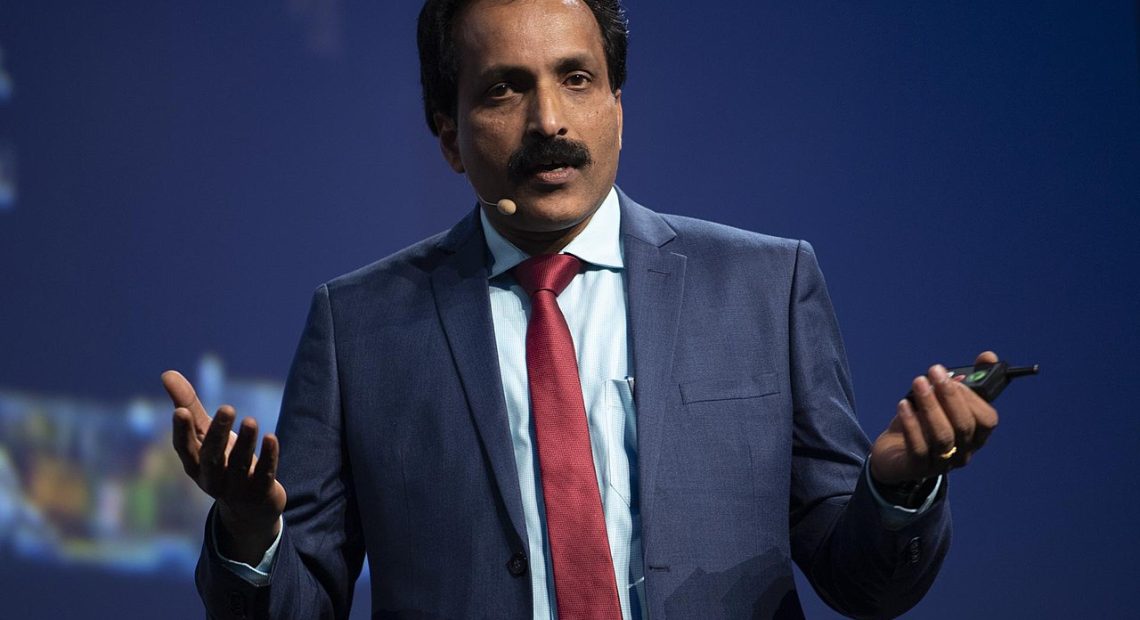
ISRO to Test Satellite-Capturing Technology with Robotic Arms in Space
The Indian Space Research Organisation (ISRO) is gearing up for groundbreaking missions aimed at reducing space debris and extending the operational lifespan of satellites.
This year, ISRO plans to launch at least two key missions that will test cutting-edge technology to dock, refuel, repair, relocate, and deorbit aging satellites in space.
ISRO Chairman S Somanath announced that the space agency will launch the SPADEX mission next month, which will focus on testing low-impact cooperative docking technology. This will allow satellites to communicate with each other and eventually enable the safe deorbiting of satellites by attaching a propulsive device.
In addition, ISRO will test the ISRO Servicer Mission, a pioneering initiative that will use robotic arms to capture satellites in motion. The mission will demonstrate on-orbit servicing capabilities, including satellite life extension, inspection, and repair. The tethered debris capture technique, where a robotic arm on the spacecraft grabs a moving satellite, is a critical aspect of this mission.
Tethered Space Debris Capture Technology
As part of ISRO’s ongoing efforts to address space debris management, Somanath highlighted the challenges of finding cost-effective solutions for the growing problem of space junk. The tethered space debris capture method involves using a long, strong tether attached to a satellite to capture debris, de-orbiting it to burn up in Earth’s atmosphere.
Future Satellite Servicing Missions
The ISRO Servicer Mission will operate from the PS4 Orbital Platform, carrying out multiple on-orbit operations while tethered. According to former ISRO scientist Manish Purohit, ISRO has recently secured two patents for spacecraft capturing mechanisms, reflecting the agency’s commitment to advancing satellite servicing technology.


















